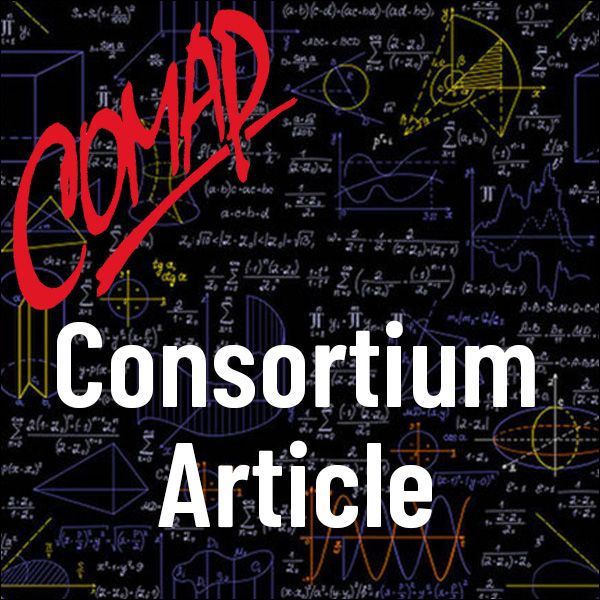HiMCM Problem: Drone Clusters as Sky Light Displays
Author: COMAP
Table of Contents
Problem Statement
2017 Contest Results
Judges Commentary
Sample Solution
HiMCM Problem: Drone Clusters as Sky Light Displays
In Problem A, teams worked with their town’s Mayor to design an aerial light show using clusters of drones. The Mayor asked the teams to investigate the idea of using drones to create three possible sky light displays for the city’s annual festival: a Ferris wheel, a dragon, and an image of their choosing.
The problem materials pointed teams to the video of a 2016 light show created by a cluster of 500 drones, controlled by a single laptop and one pilot. The problem also offered the Intel® Shooting StarTM drone as an example of a drone used for aerial light shows.
For each of the three required sky light displays, teams had to determine the number of drones required and mathematically describe the initial location for each drone device. They then determined the flight paths of each drone, or set of drones, that would animate each of their images, and describe their animations. Teams established and discussed the requirements for their 3-display light show to include required launch area, air space, safety, and duration of the show. Finally, teams wrote a two-page memo to the Mayor to report the results of their investigation and make a recommendation as to whether or not to do the aerial light show.
Most teams conducted initial research on drones and the use of drones in aerial light displays. This research provided teams specifications of example drones, particularly the Shooting StarTM drone, to include size, speed, life of battery, and safe separation distance. In addressing all requirements, competitive papers designed the drone positions and animation actions for each of the three displays, determined and discussed requirements for the light show, and wrote an articulate and clear memo to the Mayor.
In designing the drone positions and actions, many teams first sketched each image using a “continuous” picture and then began to discretize it to account for the individual drones. Some teams used various graphing programs such as DESMOSTM, while others simply sketched their design on graph paper. Either method was fine if it resulted in an illustrative diagram. The best papers placed the drones in the sky and determined an appropriate number of drones by explaining and incorporating a scale that accounted for the distance from ground level (noting that the lights will be a distance away from the viewer). These papers offered clear mathematical descriptions of locations and animation paths. Additionally, these best papers addressed nuances such as the audience viewing angle, 3D space perspective, local or governmental restrictions on drone usage, weather conditions, and the geography of the display and viewing areas. The best papers used more sophisticated mathematical descriptions, were more creative in their images and animations, and incorporated more of the actual drone capabilities in their analysis.

Mathematics Topics:
Application Areas:
You must have one of our Free Memberships or a paid Full Membership to download this resource.
If you're already a member, login here.